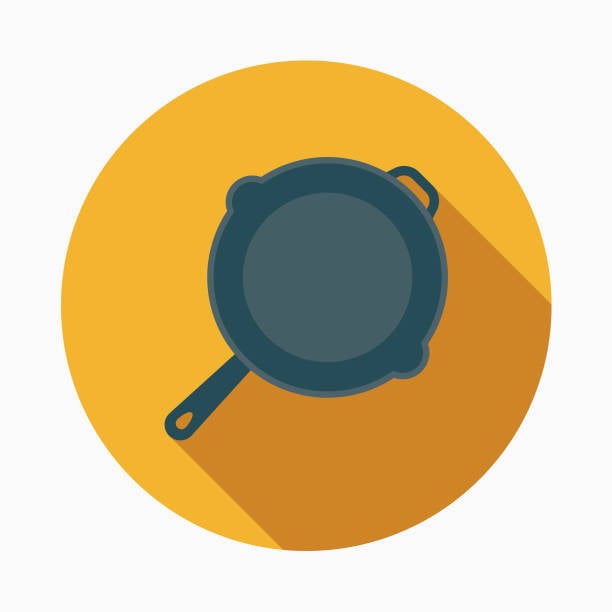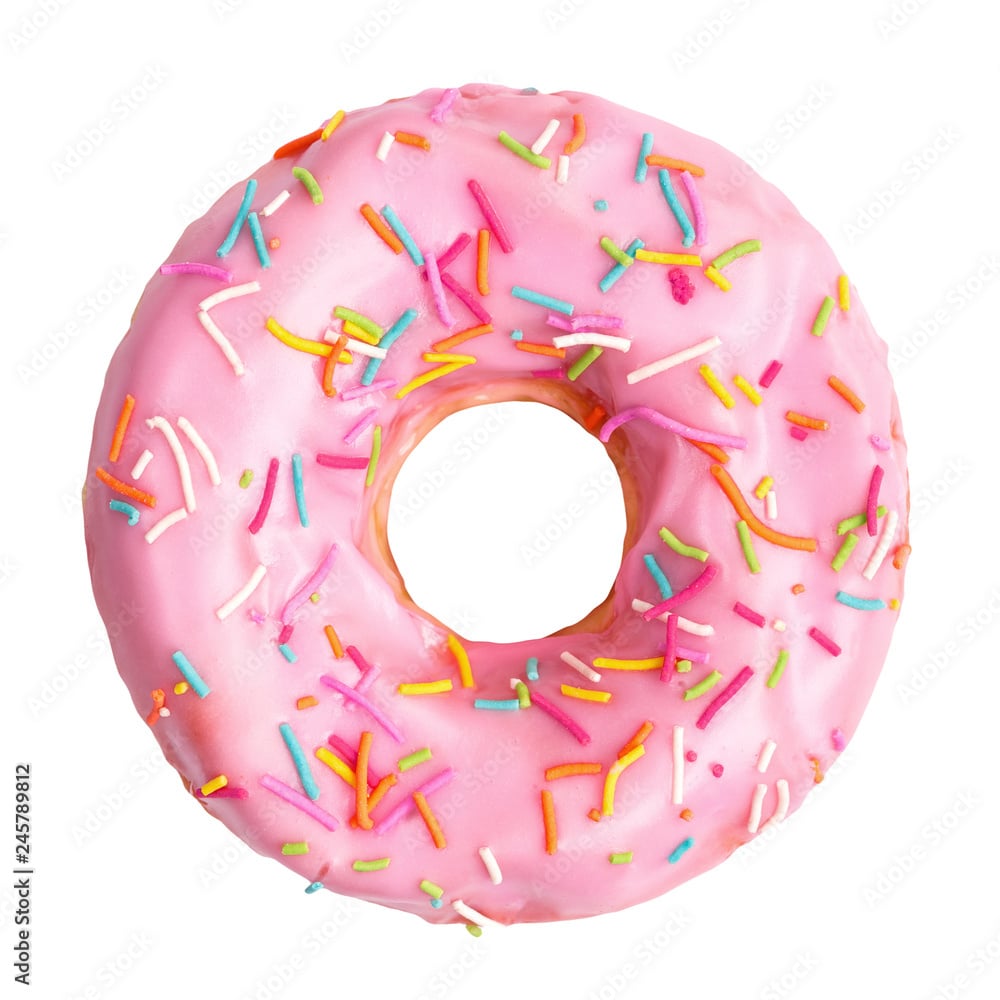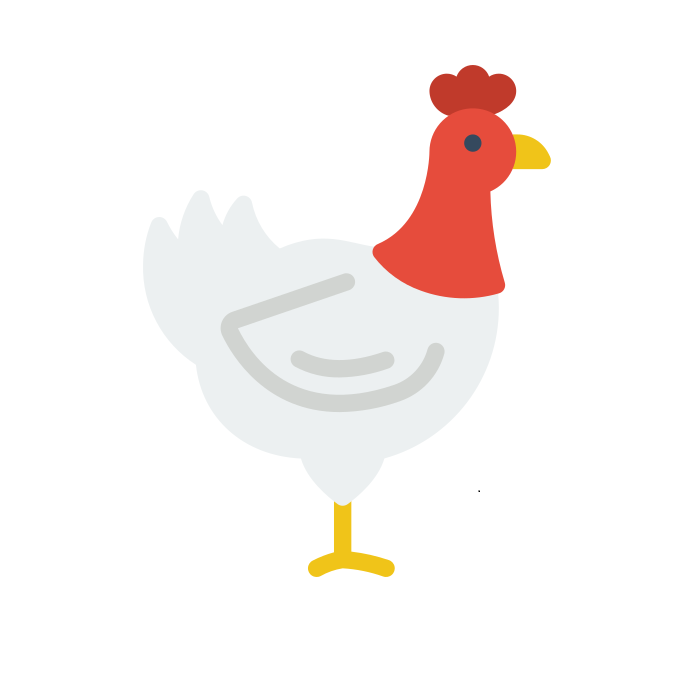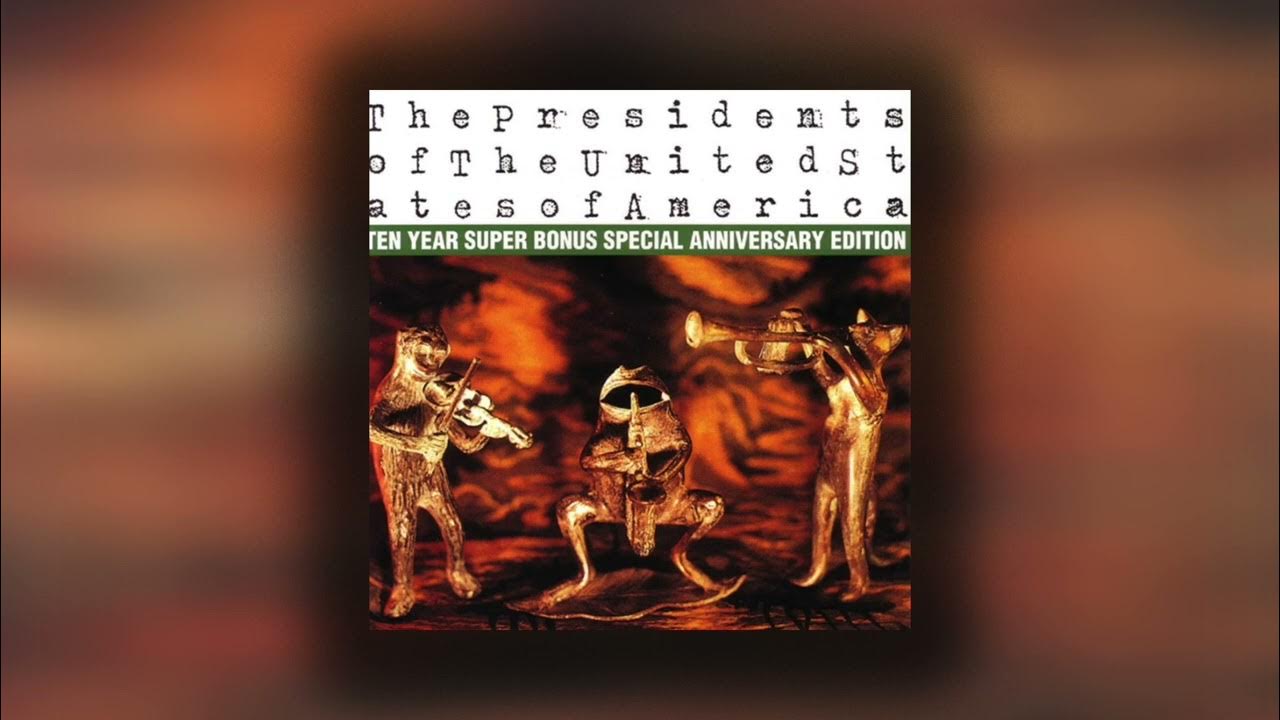

Did they make a choice though? As in a fully informed, conscious choice unaffected by internal and external pressures?
That’s the key to empathizing with addiction.
Most people don’t set out to be addicts. They don’t set out to OD as the goal of using. It’s fair to say that most addicts started out either partying, or self medicating.
The party addicts tend to not realize how damn fast and hard addiction can set in. They know it happens, but it isn’t real, it’s impersonal and distant, because they also know that people really can just use a few times and not do it again. But each time gets harder, and they start needing it to feel good at all. It isn’t done with intent, and they may not even be aware of what they’re actually taking. People are stupid. They’ll trust someone, and when they get handed a pill or a drink and the person they trust doesn’t explain, but they trust them.
And even when it’s someone arrogant that thinks they’re the exception, that’s still a very human thing.
For the ones chasing an escape from ugly reality, a way to feel good, no matter how temporary, sometimes the risk is irrelevant because to them, what they’re trying to escape is worse than any of the stories they’ve heard. Self medicating mental health issues, or physical health issues, or to numb the pain of a life situation they can’t escape otherwise, that’s as human as it gets.
Empathy. It’s also a human thing. We aren’t required to feel it for everyone everyone all the time. If you don’t feel it, you can’t make it magically happen. But we all want it to some degree or another. We all need some degree of human kindness to stay sane in a society that keeps staying ugly over millennia.
So, when we see someone that’s in a bad place, it’s part of that, that we at least try to find empathy for them, if only on a transactional level where we would wish someone make that effort for us.
It is, however, not equally easy for everyone. The human mind and brain is a diverse thing. Some people are born with brains that simply can’t empathize. Others can lose the ability. And there’s also people that have trouble doing it without some kind of “trigger” that gives them a connection to the other person in a way they can understand. Some of us over empathize.
But, at the core of it, the reason we are expected to try is that none of us are immune to the ugly parts of life. Every single one of us is one post surgical dose away from feeling withdrawals. Every single one of us is capable of feeling pain so deep we’ll do anything up escape it.
If you can’t empathize, that’s okay. Though going through the effort of rationalizing how others empathize would help you out a lot when dealing with others. If you make the effort to figure out how the same thing could happen to you, even if you don’t feel sorry for the person, you’ll have fulfilled your part of the social contract as regards the idea of “there but for the grace of the flying spaghetti monster go I”, or “judge not lest ye be judged”, or any other saying that boils down to recognizing that we’re all just flawed beings doing the best we can with what we’ve got.




























I mean, we could also actually tear it down, but that’s not going to happen, so I guess that’s good advice.